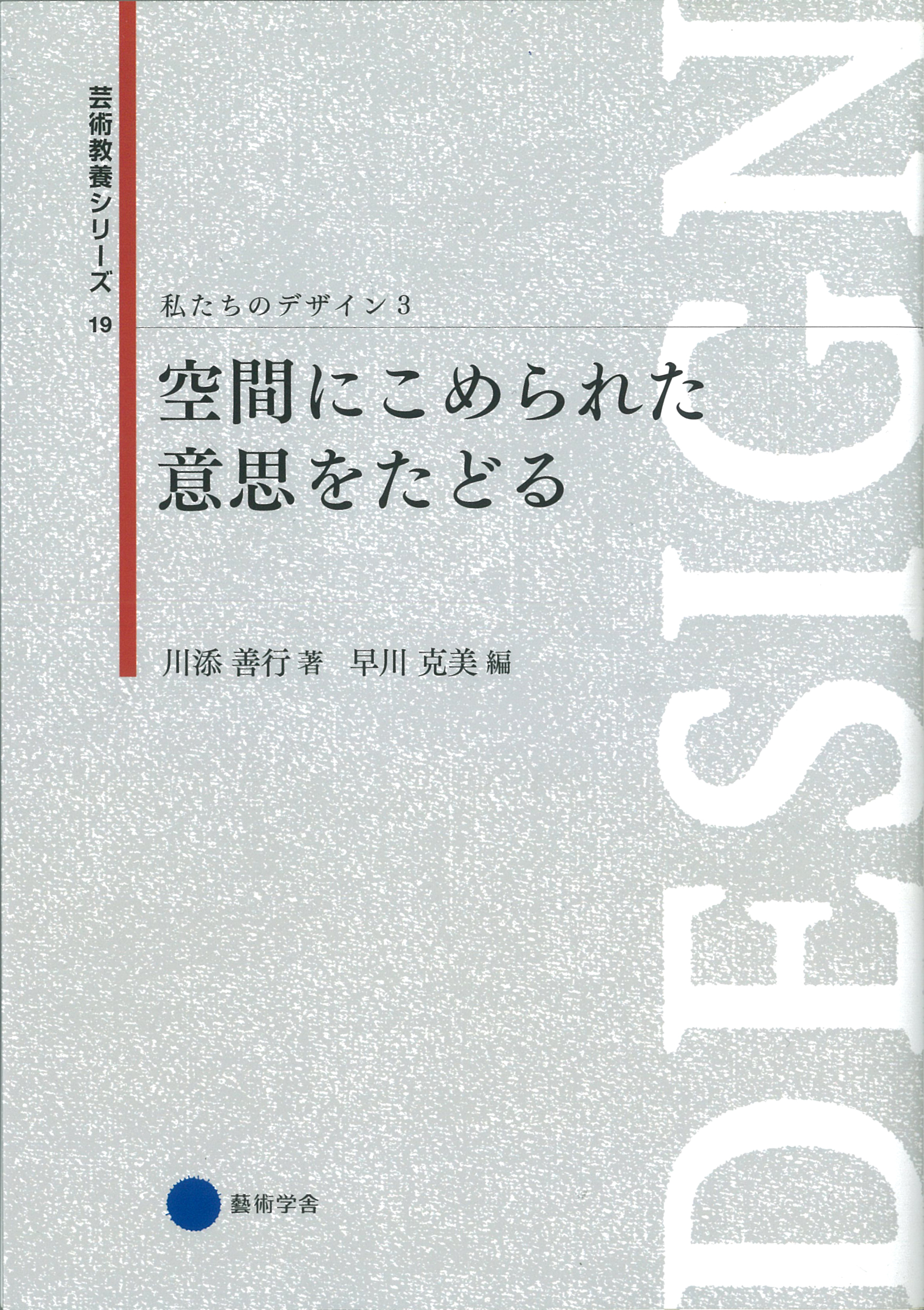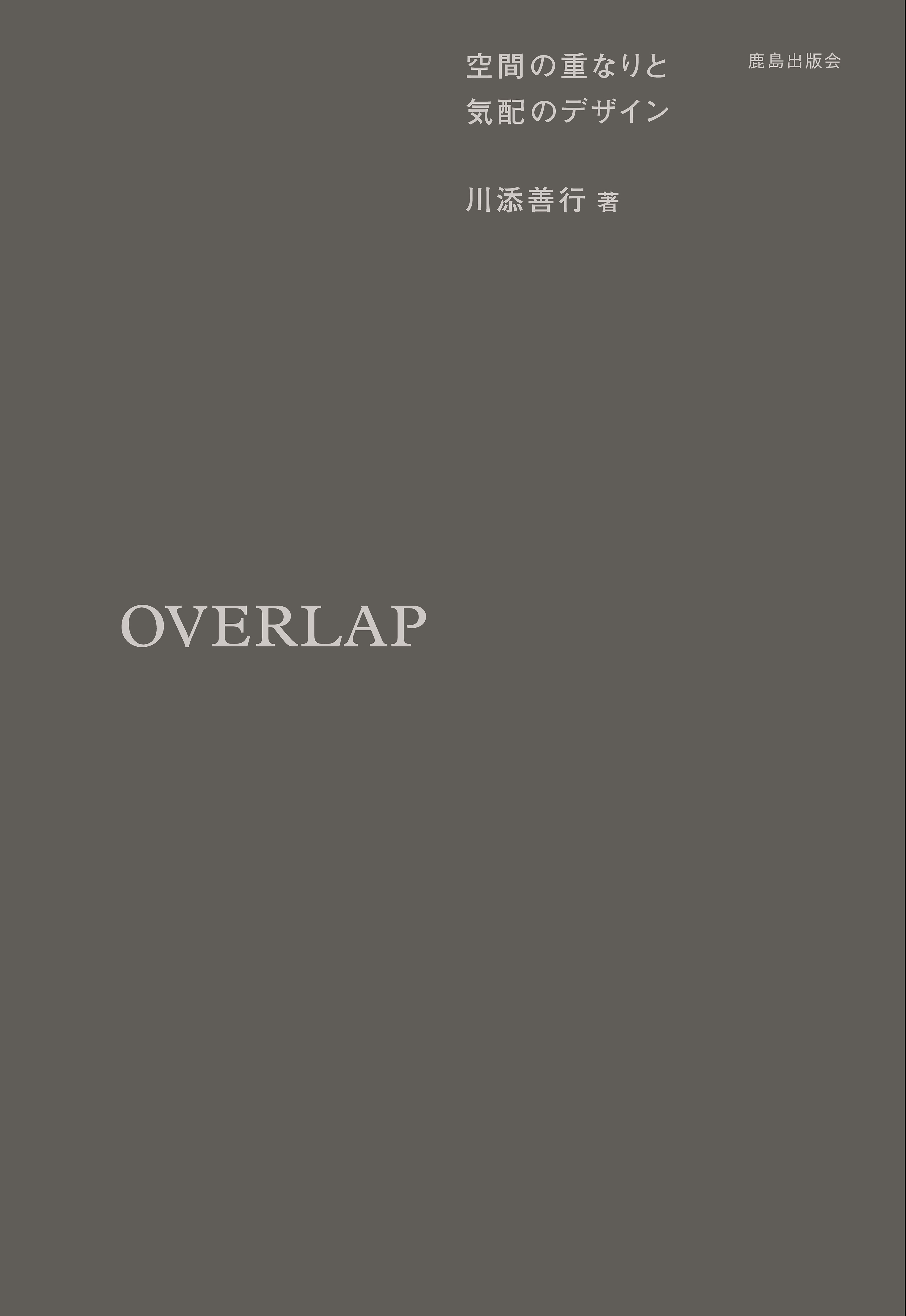
Title
Shibuya-bushi
Size
84–168 sheets, 2 books, slipcase
Language
Japanese
Released
August, 2019
Published by
shibuya1000
Book Info
See Book Availability at Library
Japanese Page
For those of us working in the field of architecture, it is not only the beauty of the structure that matters, but also what kind of role it can play in society, and it is very important for us to determine for ourselves what that role will be. What has become especially important in recent years is the perspective of urban rejuvenation. There are several reasons for this; for example, the use of materials such as concrete and iron in the construction of ordinary buildings has led to longer-lasting buildings. Also, after more than half a century, the building stock that was established in the process of post-war reconstruction is in need of drastic repair. Furthermore, amidst increasing suburbanization, the role of the urban center needs to be redefined. In other words, the issue at hand is not only the value of the building itself, but how the building can contribute to the surrounding environment, and the methodologies for this are now being tested.
These were the circumstances in which the Act on Special Measures Concerning Urban Reconstruction was created in 2002. Under this law, certain areas were designated as Special Urban Renaissance Districts—areas important for urban rejuvenation in Japan. Shibuya, a representative urban center in Japan, was also designated as one of the Special Urban Renaissance Districts; various projects centered around Shibuya Station have been planned and construction is underway. However, with several massive projects in progress around the station, Shibuya will end up in a state of “sleep” during the period of construction, and regardless of how beautiful the physical structures might be, it will be meaningless if the urban culture of Shibuya disappears in the meantime. These were the thoughts of the volunteers who organized Shibuya1000, a project that lasted for 10 years. It is not only architects and city planners who make a city what it is. The people who organized the project believed that a city is given shape by the existence of each person, by all the people who work and live there.
Shibuya-bushi is filled with the words of all kinds of people, collected over a period of 10 years. The voices of the people represented here may not be the kind of records that appear in textbooks, but through the words in this book, we can get a good sense of the atmosphere of Shibuya at the beginning of the 21st century; its architecture, its music, and its lifestyle. There are diverse comments about Shibuya from a variety of experts, and while their statements are short, they contain deep insights into Shibuya. The book has been designed carefully so that the pages on which the words appear each have a different design, and the energy that emerges from the book as a whole through this layering of differences also seems to suggest something of the liveliness of Shibuya itself. This is Shibuya-bushi, a collection of small voices about Shibuya, made into a new book with a design that reflects the diversity of the voices represented therein.
(Written by KAWAZOE Yoshiyuki, Associate Professor, Institute of Industrial Science / 2020)



 Find a book
Find a book




